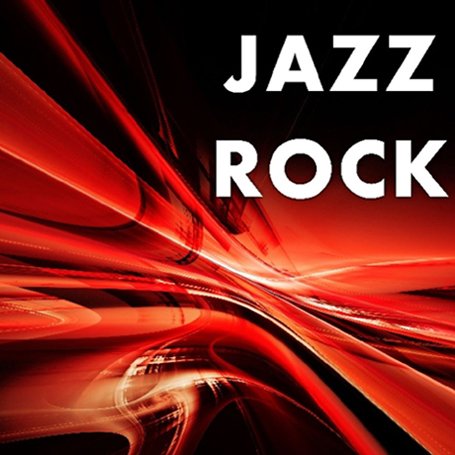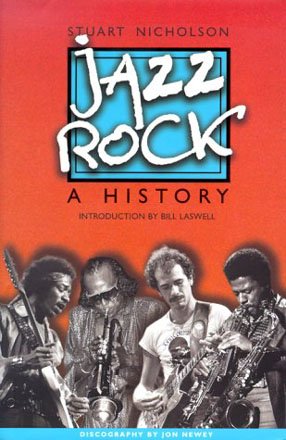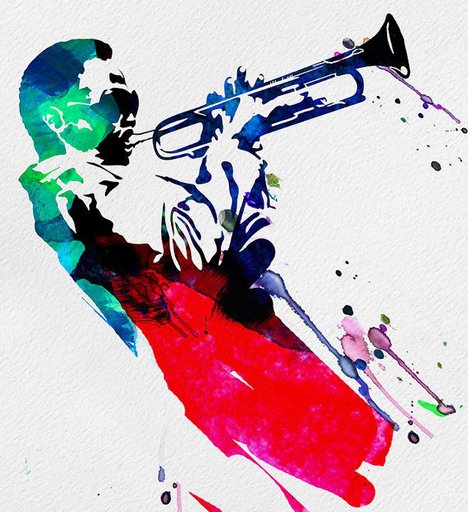Jazz-rock was created by rock musicians who acquired enough experience with their instruments to incorporate jazz elements. It appeared in the late 1960s and early 1970s as a way of blending the visceral energy of rock with the musical complexity of jazz. Although it originated in England, its development took place in the United States, and then reached some countries in Europe and Latin America. Since rock is dominated by simplicity over virtuosity, jazz-rock came from the rock subgenres with greater artistic aspirations, such as psychedelia, progressive rock and some singers and composers, such as Van Morrison, Joni Mitchell and Tim Buckley, that chose the most accessible aspects of jazz. However, jazz-rock was mainly played by rock groups with a powerful sound.

Some were based on the concept of jam session using harmonies and jazz instruments for their long improvisations, but giving them a rock flavor (Santana, Traffic). Others recorded rhythm and blues or pop songs that picked up melodic, harmonic and rhythmic characteristics of jazz, but didn’t include instrumental virtuosity (Blood, Sweat & Tears, Chicago). Others took the richness of jazz to broaden the musical possibilities of rock, not only in performing skills, but also in composing provocative and unexpected songs (Frank Zappa, Soft Machine). Although they followed the rock 4/4 meter, the bass and drums lines contained jazz aspects.

Soul and rhythm and blues also played a decisive role in the founding of jazz-rock bands. The basic instruments of the rock groups, like guitar, keyboards, electric bass and drums, were complemented with sax, trumpet and trombone, which were part of the mentioned musical genres. Although the arrangements for these wind sections were usually a mere harmonization of classiccal rock guitar riffs, in other cases they were typical of swing big bands, bebop or free jazz.


